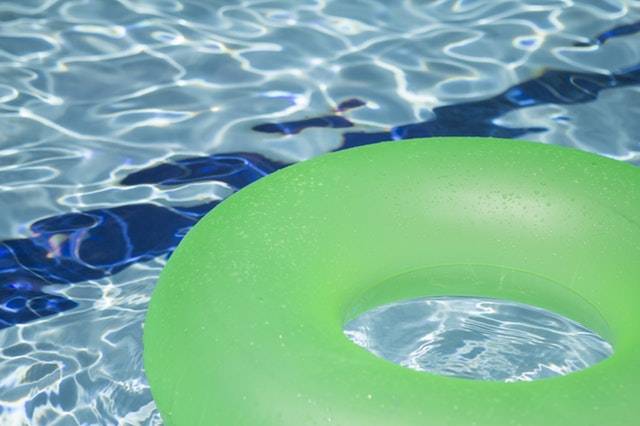Good evening! I am a first time pool owner and over the winter our pool cover rotted so our pool became extremely contaminated with algae, pine needles, and other gross stuff. I unfortunately did not find this thread until after we had already been trying so many things (and wow, what a learning curve it's been). We've gotten to a really good spot, it seems like must the big junk is out of the pool, but now we are struggling with this hazy green color. We were advised by some people to, and I quote, "shock the Darn out of your pool" and that's what we did, so hopefully our numbers aren't too alarming. Some things that we've been doing other than shocking is, daily vacuuming to waste and refilling up 2-3 inches of fresh water, recircing the chemicals, and then filter the best we can (our poor sand filter has been taking a beating) and before starting the filter we backwash and rinse. We haven't done any shock in a few days due to the high chlorine and cya number, only baking soda and pH down since our pH had been really high. I'm just needing to know if we are on the right path or what more we can do. I'm so so looking forward to swimming and all this hard work being rewarded with pool days. Lol I have attached some photos as well. Thank you!
Using the TF-100:
pH : 7.2
Alkalinity:80-90
Calcium: 250
FC: 75 ppm
CYA: 100? - I will say I don't have the best eyes and don't feel like I could do this test the best so my husband will be trying it in the morning to see if he yields better results.
Using the TF-100:
pH : 7.2
Alkalinity:80-90
Calcium: 250
FC: 75 ppm
CYA: 100? - I will say I don't have the best eyes and don't feel like I could do this test the best so my husband will be trying it in the morning to see if he yields better results.








